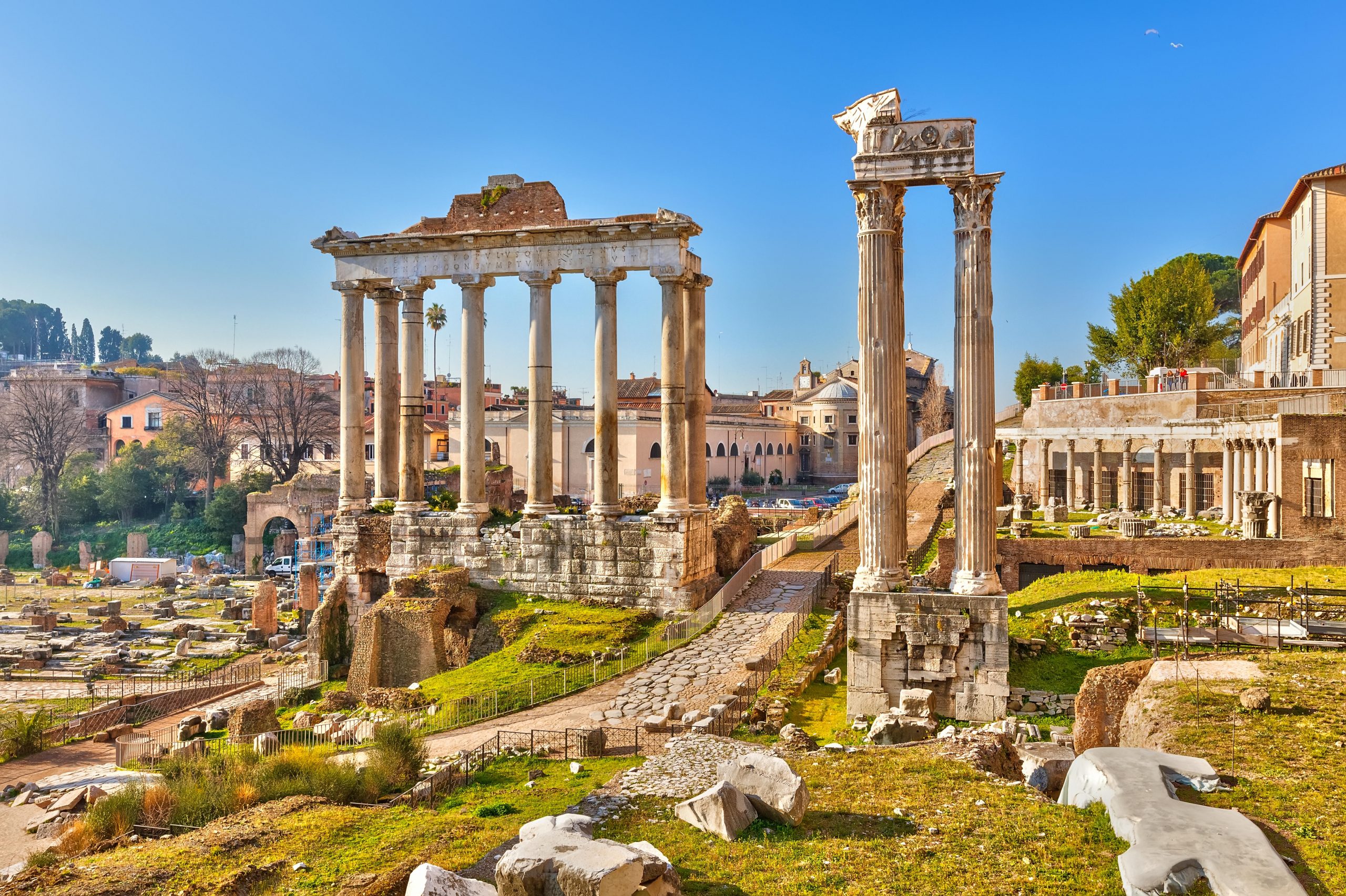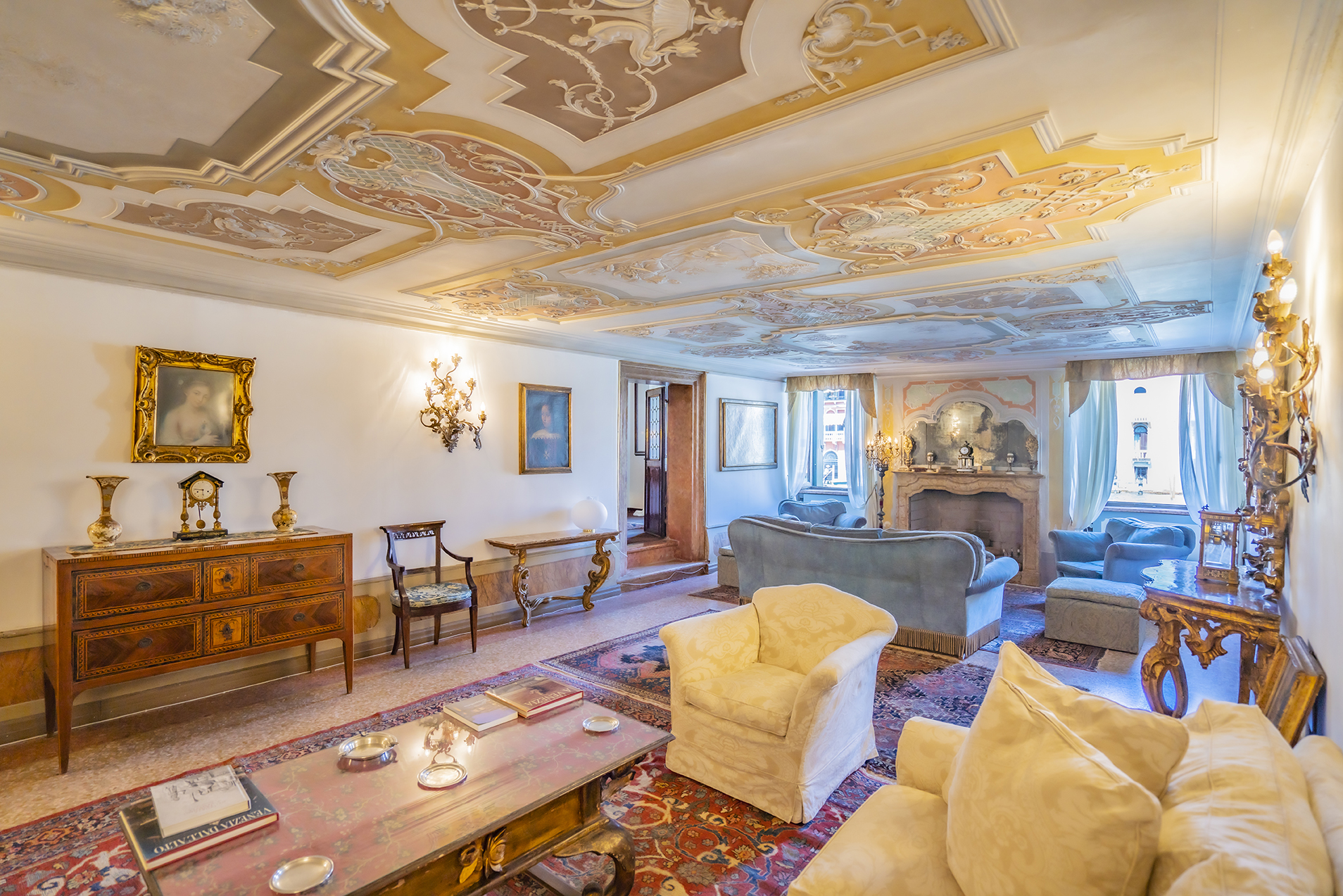In Focus: How Italy inspired JMW Turner
Mary Miers considers how the country that fascinated Turner from youth shaped his artistic vision.


One evening, while I was enjoying a cigar in a gondola, I saw Turner in another one sketching San Giorgio, brilliantly lit up by the setting sun. I felt quite ashamed of myself idling away my time whilst he was hard at work so late,’ recalled the painter William Callow.
It was late August 1840, when Turner was 65 and still working tirelessly to fill his sketchbooks with the pencil and watercolour studies that were always the absorbing objective of his travels. Indeed, the artist found himself re-energised by this two-week sojourn.
In addition to his impressionistic renderings of well-known prospects, he sketched the markets, bragozzi (fishing boats) and buildings such as Santa Lucia (later lost to the railway station), explored poorer quarters such as Dorsoduro and roamed the canals by night. More than 100 sheets of watercolours from this last of his three visits convey the significance of Venice to his later work. He made daring experiments with brushwork, colour washes and white paint to capture the atmospheric effects of sun and moonlight, storm clouds and nocturnal shadows on the floating city.
Turner had first come to Venice in 1819, four years after the defeat of Napoleon, who captured the city in 1797 and plundered its treasures. Now under Austrian rule, the once glittering port had succumbed to picturesque decay, but its faded glories seduced the English Romantics, reviving the fortunes of its gondoliers, silk merchants and glass-makers.

On that first visit, Turner recorded the crumbling palazzi of the Grand Canal, the civic architecture around St Mark’s Square, with its four golden horses recently returned from Paris, and the crowded spectacle of the Ascension Day festivities. He sought out the great Venetian colourists, whose works he already admired, and discovered Tintoretto, the great exponent of Venetian chiaroscuro.
Ever the businessman, Turner recognised the commercial potential of building on the success of Canaletto, whose celebrated views of Venice were in many British Grand Tour collections. Surprisingly, however, it wasn’t until he returned from a visit in 1833 that he embarked on his first great Venetian oil painting, a commission by the Manchester textile magnate Henry McConnel.
This scene of the Dogana and San Giorgio Maggiore acknowledged Canaletto’s topographical approach, but the Venice that Turner would make his own was less distinct and more poetic: melting vistas infused with the literary imaginings of Byron and Shakespeare. Between 1834 and 1846, he would exhibit only 25 oil paintings of the city, yet these luminous works, together with his virtuoso watercolours, shaped Venice’s romantic image. They were also a formative influence on the next generation of artists, notably John Ruskin, who thought Approach to Venice (1844) ‘the most perfectly beautiful piece of colour of all I have seen produced by human hands, by any means, or at any period’.
Exquisite houses, the beauty of Nature, and how to get the most from your life, straight to your inbox.
Fascinated by the culture of Italy, Turner had long dreamed of a visit, but the French Wars of 1792–1815 prevented Continental travel. At home, however, he was able to study many of the Old Masters in British collections and was particularly indebted in his own work to the 17th-century Rome-based landscape painter Claude Lorrain. Even before he became familiar with the antiquities and intense light of Italy first hand, Turner’s work absorbed Claude’s compositional devices and classical ideal.
His first, brief visit to Italy was in 1802, when the Treaty of Amiens ushered in a short-lived peace. Seizing the opportunity to cross the Channel, Turner spent time in Paris sketching in the Louvre, before venturing through the Swiss Alps as far as Aosta. It would be 17 years before he was able to return.
For his 1819–20 tour, he set out armed with a tightly packed itinerary from James Hakewill, with whom he was collaborating on A Picturesque Tour of Italy (1820). His sketchbooks reveal a zig-zag route that included Turin, Milan, Verona, Padua, Bologna and Naples, as well as Venice and Rome, and returned via Florence.
‘Don’t go the Ferrara road to Venice, tis very bad,’ advised Hakewill. ‘On no account trust yourself in a felucca, but hire horses and guides to Spezia.’ Eustace’s A Classical Tour through Italy provided a good source of sites to record; he was inclined to scribble opinions on subjects ranging from wine to ox carts in the margins of his guidebooks.

Travelling with a dagger hidden in his umbrella handle, Turner made six Italian journeys and braved numerous dangers, from the near sinking of his packet boat and the threat of bandits to two coach crashes in Alpine storms. He was indefatigable, ‘endlessly popping his head out of the window to sketch whatever strikes his fancy’, and would later adopt the snowstorms and other meteorological dramas as a powerful—and politically symbolic—theme.
Despite all his adventures, Turner never mastered the language. ‘Dove a la Academia di belli Arte/Where is the Academy?’ he had to remind himself in a sketchbook. Yet Italy had a transformative effect on his palette and use of watercolour and provided him with a vast repository of material for his paintings. It also influenced his range of subject matter and changed his perception of the British landscape.
As James Hamilton has observed in Turner & Italy, a series of watercolours, published as engravings in the 1820s, depicted ‘Lancaster shining under a Mediterranean sun, the sun setting over the Roman campagna that was in fact Richmond and Twickenham, Minehead, the very image of the Bay of Naples, Hythe in Kent in a Claudian setting, and Edinburgh from Calton Hill, set out like an intact Roman Forum’.
If Venice in decline was a source of poetic inspiration, Rome the modern city built on ancient ruins, prompted Turner to meditate on history and empire. On his first visit in October 1819, his focus was the Vatican and its sculpture, St Peter’s, the Forum and panoramas viewed from the various hills. Back home in early 1820, he painted Rome, from the Vatican in time for the RA summer exhibition. Richly layered, it paid tribute to Raphael in the 300th anniversary year of his death and demonstrated Turner’s mastery of perspective.
Returning to Rome in 1828, Turner re-engaged with a circle of British artists, sculptors, poets, scientists and aristocrats and found himself a studio. Here he painted Palestrina-Composition, real Italy reimagined as a Claudean fantasy, as a pair for a work by the master himself in Lord Egremont’s collection at Petworth.
Turner’s largest body of exhibited works inspired by Rome dates from the 1830s—views of the ancient and modern city and the Roman campagna interwoven with history and mythology. In 1839, he exhibited several of these alongside The Fighting Temeraire, emphasising a unifying preoccupation with liberty and the decline of empire.
The culmination of this epic theme came in 1850, with a series of paintings that returned to his favourite myth of Dido and Aeneas. In The Departure of the Fleet, Aeneas sets off from Carthage to found Rome against a backdrop of glowing light.
Frail and ill, Turner must have struggled to complete these four large canvases, yet Italy sustained him. As Kenneth Clark wrote, ‘when he…began to re-create his impressions in his studio, the memories of Italy were like fumes of wine in the mind, and the landscape seemed to swim before his eyes in a sea of light’.
Rome, €2.65 million (£2.27 million)

Set in a 17th-century building, this three-bedroom apartment has striking coffered ceilings. Christie’s International Real Estate — www.christiesrealestate.com
Venice, €4 million (£3.358 million)

The essence of Venice is distilled in this three-bedroom apartment where windows frame views of the Grand Canal. Knight Frank — www.knightfrank.com
Mary Miers is a hugely experienced writer on art and architecture, and a former Fine Arts Editor of Country Life. Mary joined the team after running Scotland’s Buildings at Risk Register. She lived in 15 different homes across several countries while she was growing up, and for a while commuted to London from Scotland each week. She is also the author of seven books.
